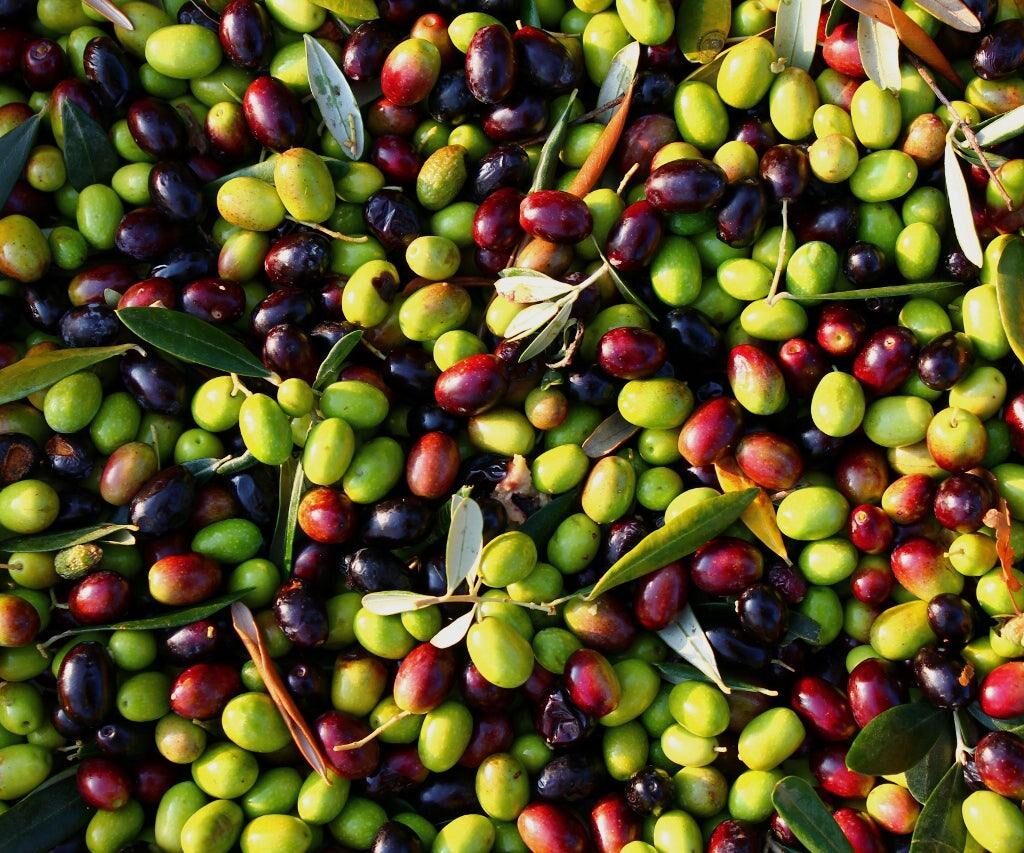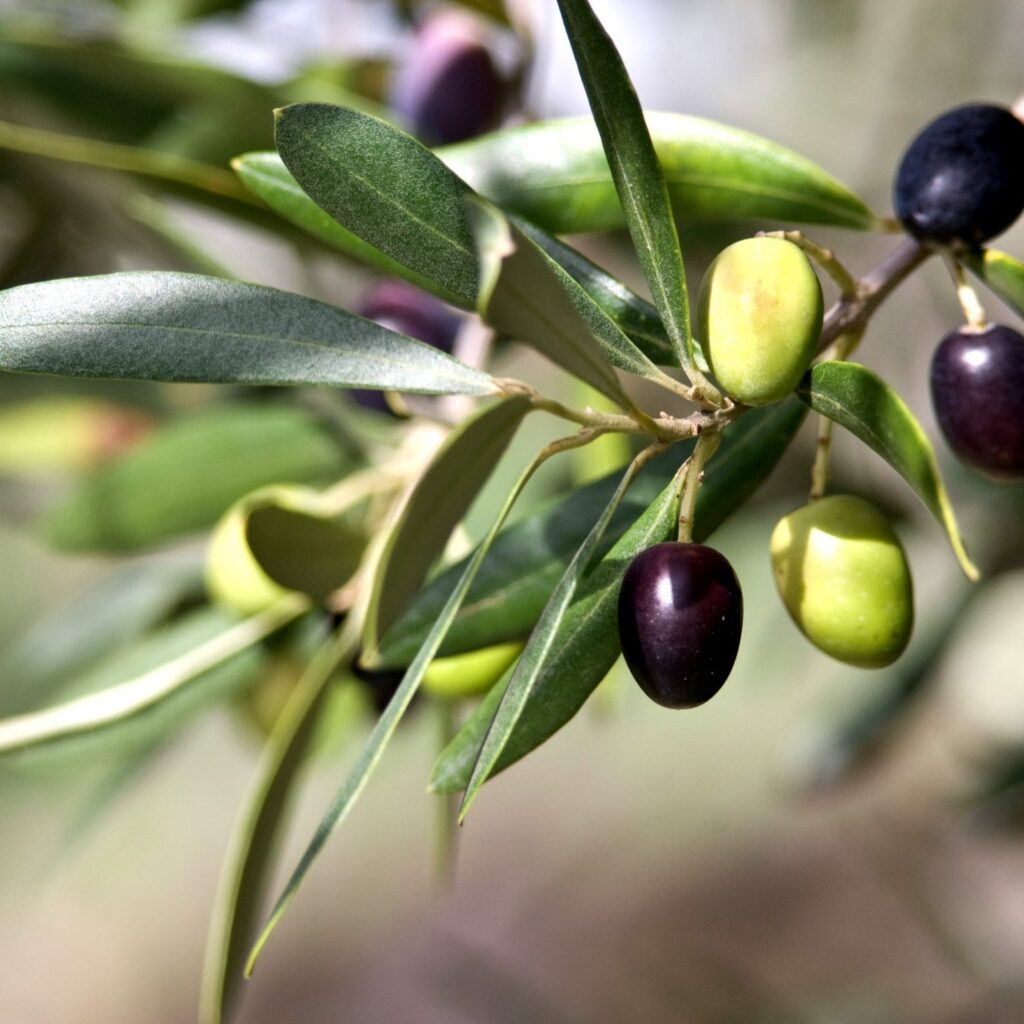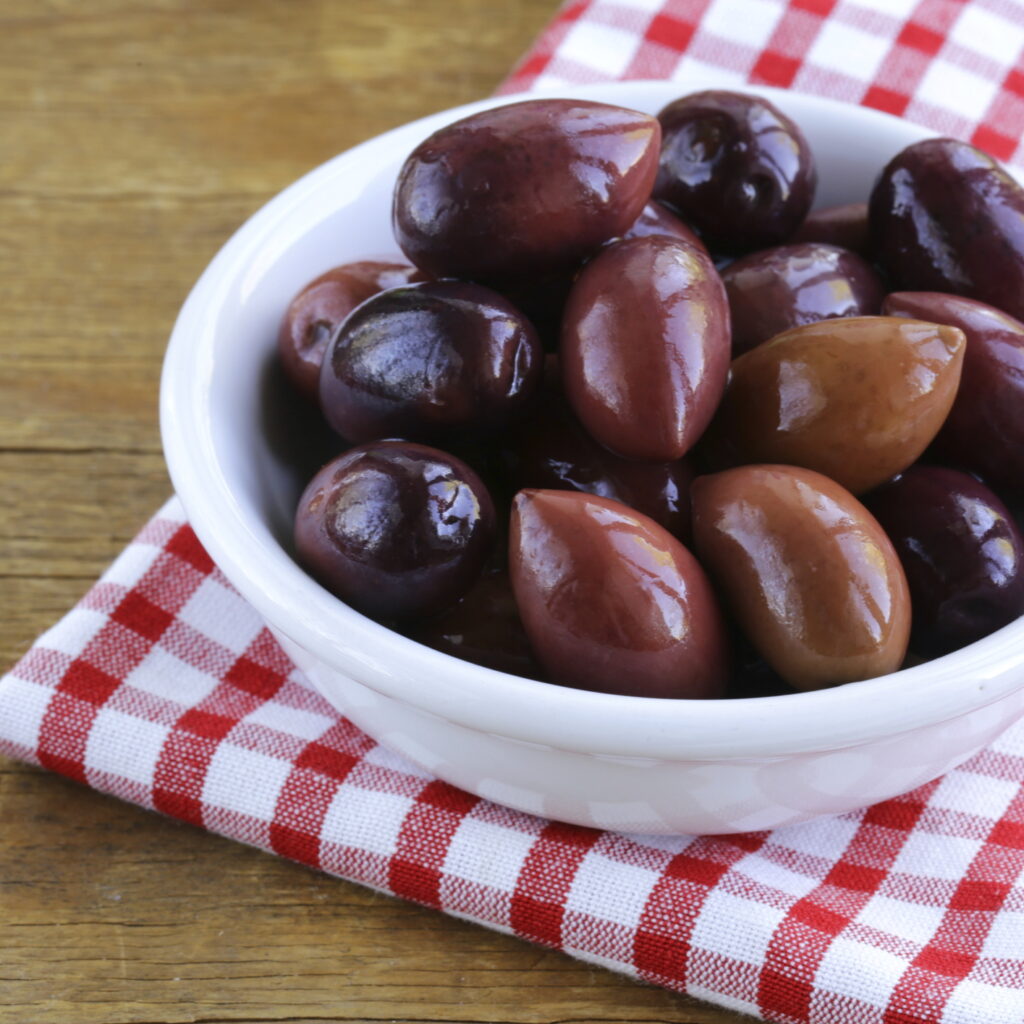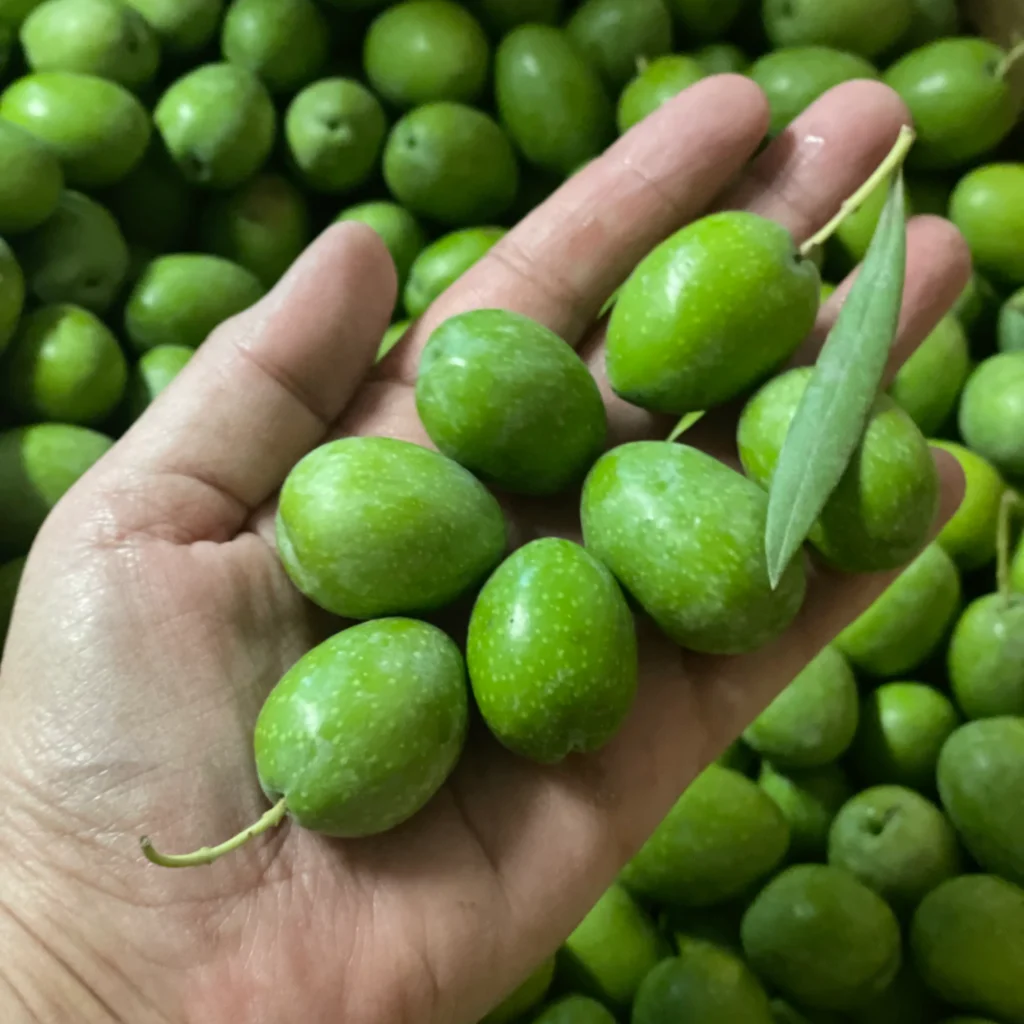Olives are one of the world’s oldest and most culturally significant fruits. Known for their distinctive flavor and health benefits, olives have been a staple in Mediterranean cuisine and culture for thousands of years. From savory table olives to the prized olive oil, this humble fruit holds a place of honor on dining tables and in ancient traditions alike.
But when it comes to global production, one country stands head and shoulders above the rest. In this article, we’ll dive deep into which country is famous for producing the most olives, explore other top producers, and understand the importance of this ancient fruit in the global food and health industries.
A Brief Introduction to Olives

The olive tree (Olea europaea) is a small evergreen native to the Mediterranean Basin. Its fruit — the olive — can be harvested for direct consumption or for pressing into oil, one of the healthiest and most sought-after cooking oils globally.
Quick Facts:
- Native to: Mediterranean region
- Cultivated for over: 6,000 years
- Primary Products: Table olives, olive oil
- Key Nutrients: Healthy monounsaturated fats, vitamin E, polyphenols, antioxidants
Today, olive cultivation has expanded to parts of South America, North America, and Australia — but the Mediterranean remains the heart of the olive world.
Which Country Is Famous for Producing the Most Olives?

Spain — The Undisputed Global Leader in Olive Production
Spain is the world’s largest olive producer by a significant margin. Thanks to its ideal Mediterranean climate, fertile soils, and centuries-old olive farming traditions, Spain consistently ranks as the number one olive producer globally.
Spain’s Olive Industry Highlights:
- Annual Olive Production: Over 9 million metric tons
- Accounts for: About 35-40% of global olive production
- Primary Growing Regions:
- Andalusia (especially Jaén and Córdoba provinces)
- Extremadura
- Castilla-La Mancha
Spain isn’t just famous for the quantity of olives it produces — it’s also celebrated for the quality of its olive oil, widely regarded as some of the best in the world.
Why Spain Dominates Olive Production
Ideal Climate and Geography:
Spain’s southern regions, particularly Andalusia, offer the perfect environment for olive cultivation:
- Long, hot summers
- Mild, wet winters
- Low humidity
- Fertile, well-drained soils
Centuries of Expertise:
Spanish farmers have honed olive-growing techniques for centuries, preserving traditional practices while embracing modern, sustainable farming methods.
Massive Olive Groves:
Andalusia alone boasts over 1.5 million hectares of olive groves — the largest continuous olive-growing area on the planet.
Other Top Olive Producing Countries

While Spain leads globally, several other Mediterranean nations also contribute significantly to global olive production.
Italy — The Artisanal Olive Giant
Italy is synonymous with gourmet olive oil and culinary traditions centered around this ancient fruit.
- Annual Production: Around 2.5 million to 3 million metric tons
- Key Growing Regions:
- Puglia (the country’s olive heartland)
- Calabria
- Sicily
Italian olive oil is prized for its quality, often produced in smaller batches from ancient trees. Italy is also known for its DOP (Protected Designation of Origin) certified olive oils.
Greece — The Historical Home of Olives
Greece has one of the highest per capita olive consumption rates in the world. Olive farming here is both an economic and cultural pillar.
- Annual Production: Approximately 2 million to 2.5 million metric tons
- Key Regions:
- Peloponnese
- Crete
- Lesvos
Greek olives, particularly Kalamata olives, are renowned worldwide for their unique flavor and quality.
Turkey — A Rising Olive Powerhouse
Turkey has rapidly expanded its olive industry in recent decades.
- Annual Production: Roughly 1.7 million to 2 million metric tons
- Key Growing Areas:
- Aegean Region (Izmir, Manisa)
- Marmara Region
Turkey’s olives and olive oil are increasingly popular in international markets.
Morocco — North Africa’s Olive Leader
Morocco is Africa’s top olive producer, and a major player on the global stage.
- Annual Production: Around 1.3 million to 1.5 million metric tons
- Key Growing Areas:
- Fès-Meknès
- Taza-Al Hoceima-Taounate
Morocco supplies both table olives and olive oil to Europe, the Middle East, and North America.
Where the World Gets Its Olives

The global olive market is highly concentrated around the Mediterranean region. Over 90% of the world’s olive production comes from just five countries: Spain, Italy, Greece, Turkey, and Morocco.
Fresh Table Olives:
Countries like Spain, Greece, Turkey, and Italy are major exporters of fresh and processed table olives. Popular varieties include:
- Manzanilla (Spain)
- Kalamata (Greece)
- Gemlik (Turkey)
- Taggiasca (Italy)
Olive Oil:
- Spain supplies nearly 45% of the world’s olive oil
- Italy and Greece together produce another 30%
Spain’s olive oil is exported to over 140 countries, including the USA, UK, Germany, France, and Japan.
Approximate Global Olive Production Table
| Country | Annual Production (Metric Tons) | Notable Varieties |
|---|---|---|
| Spain | 9,000,000+ | Manzanilla, Picual, Hojiblanca |
| Italy | 2,500,000–3,000,000 | Frantoio, Leccino, Taggiasca |
| Greece | 2,000,000–2,500,000 | Kalamata, Koroneiki |
| Turkey | 1,700,000–2,000,000 | Gemlik, Memecik |
| Morocco | 1,300,000–1,500,000 | Picholine Marocaine |
Health Benefits of Olives

Apart from their culinary uses, olives are packed with health benefits:
- High in monounsaturated fats (heart-friendly)
- Rich in antioxidants (protect against cell damage)
- Anti-inflammatory properties
- Supports bone health
- May lower blood pressure and cholesterol
This is why the Mediterranean diet, rich in olives and olive oil, is consistently ranked among the healthiest diets worldwide.
Global Market Trends for Olives
As consumers become more health-conscious and seek out natural, plant-based foods, the global demand for olives and olive oil continues to rise.
Key Trends:
- Surging olive oil consumption in North America, Asia, and Australia
- Rising interest in artisanal and organic olive oils
- Demand for Mediterranean table olive varieties
- Growth in processed olive products (tapenades, spreads, flavored oils)
Spain’s industry, with its massive production capacity and reputation for quality, is well-positioned to meet this growing global appetite.
Conclusion: Which Country Is Famous for Producing the Most Olives?
Without question, Spain is the country most famous for producing the most olives in the world. With over 9 million metric tons annually, it stands far ahead of Italy, Greece, Turkey, and Morocco.
Spain’s perfect growing conditions, vast olive groves, and centuries-old olive farming traditions ensure it remains the heart of the olive world — supplying both high-quality olive oil and table olives to global markets.
As the Mediterranean diet gains popularity and health-conscious consumers seek out natural, nutritious foods, olives will continue to hold a central place on dining tables and in kitchens worldwide — with Spain leading the charge.






Leave A Comment